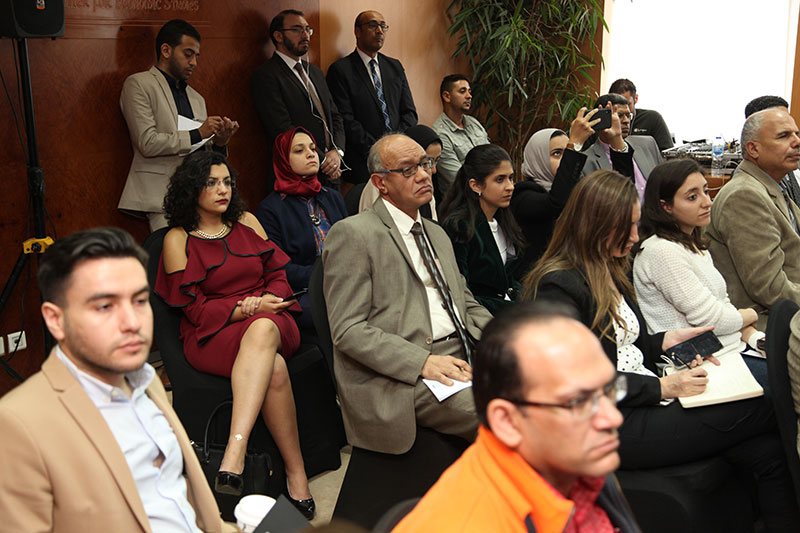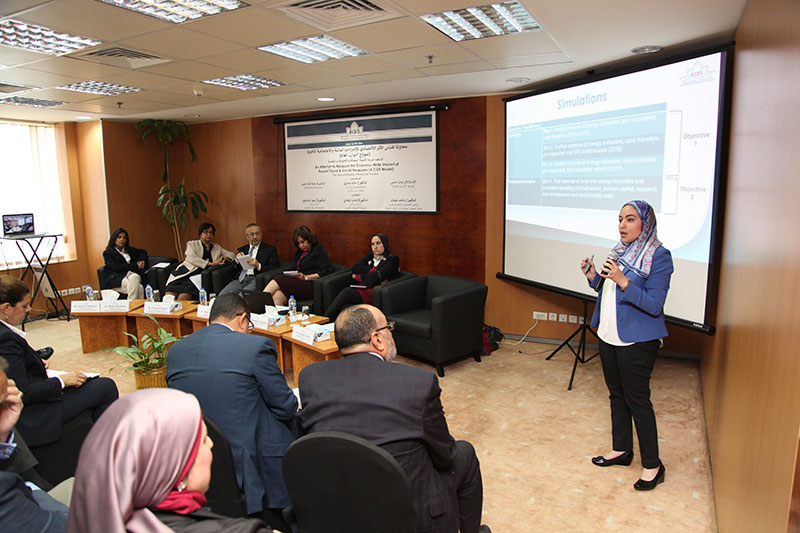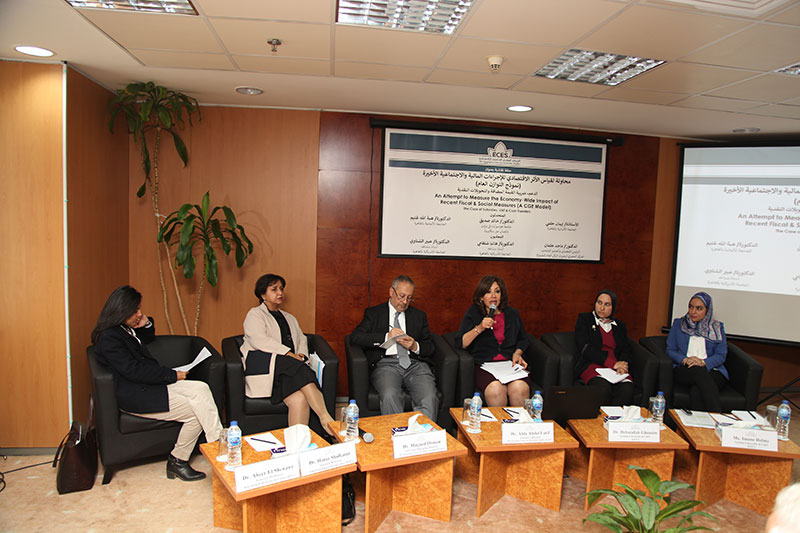The ratio of subsidies in total budget expenditure declined from 31 percent to 25 percent in FY2015/2016. This coincided with the introduction of the value added tax (VAT) and the change in social policy by shifting from in-kind to cash transfers. However, the resulting savings can be injected into various sectors such as infrastructure, health, education and safety nets. Directing these savings to spending on education and health could provide decent jobs, increasing the incomes of middle-income families with positive implications for social mobility.
This roundtable discussion discussed findings of the study conducted by ECES aimed at assessing the economic and social impact of the financial and social measures taken by the government on households, income, macroeconomics and the various economic sectors, using a general equilibrium model.


















